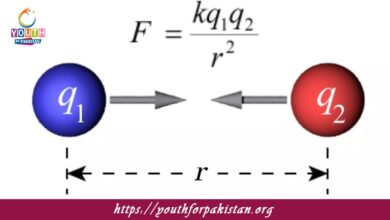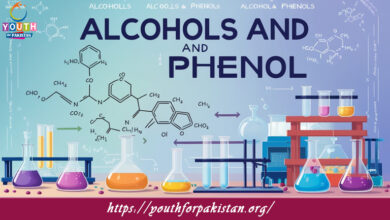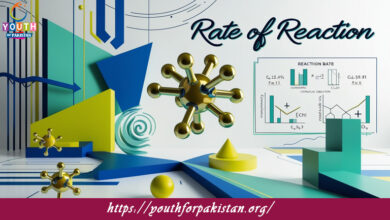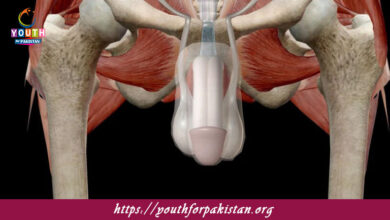Cardiac Muscles MDCAT MCQs with Answers
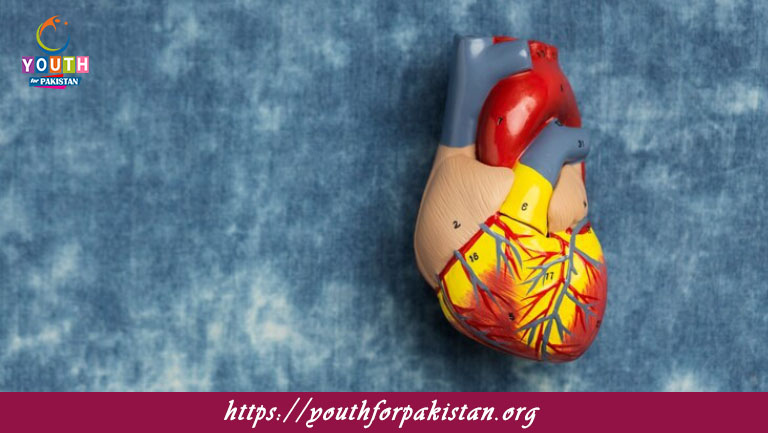
Welcome to the Cardiac Muscles MDCAT MCQs with Answers. In this post, we have shared Cardiac Muscles Multiple Choice Questions and Answers for PMC MDCAT 2024. Each question in MDCAT Biology offers a chance to enhance your knowledge regarding Cardiac Muscles MCQs in this MDCAT Online Test.
The primary function of cardiac muscle is to: a) Move bones
b) Digest food
c) Pump blood
d) Secrete hormones
Cardiac muscle tissue is characterized by: a) Smooth fibers
b) Non-striated fibers
c) Striated fibers with intercalated discs
d) Multinucleated fibers
Cardiac muscle is controlled by: a) The autonomic nervous system
b) The somatic nervous system
c) The endocrine system
d) The peripheral nervous system
The intercalated discs in cardiac muscle function to: a) Increase muscle strength
b) Connect cardiac muscle cells
c) Store calcium
d) Provide ATP
Cardiac muscle cells are: a) Branched and striated
b) Smooth and non-striated
c) Smooth and striated
d) Unbranched and striated
The heart muscle is also known as: a) Skeletal muscle
b) Smooth muscle
c) Cardiac muscle
d) Striated muscle
Which of the following is true about cardiac muscle? a) It is voluntary
b) It is multinucleated
c) It has a high endurance level
d) It has intercalated discs
The intrinsic conduction system of the heart includes: a) Skeletal muscle fibers
b) Cardiac muscle fibers
c) Smooth muscle fibers
d) Tendon fibers
Which part of the heart has the pacemaker function? a) Atria
b) Ventricles
c) Sinoatrial (SA) node
d) Atrioventricular (AV) node
Cardiac muscle cells have: a) No nuclei
b) Multiple nuclei
c) A single nucleus
d) A central nucleus
The rhythmic contraction of the heart muscle is due to: a) Voluntary control
b) Hormonal control
c) Electrical impulses
d) Reflex actions
Which of the following is not a characteristic of cardiac muscle? a) Striations
b) Intercalated discs
c) Voluntary control
d) Branched fibers
Cardiac muscle tissue can be found in the: a) Lungs
b) Heart
c) Liver
d) Digestive tract
The autonomic nervous system controls: a) Skeletal muscle
b) Cardiac muscle
c) Smooth muscle
d) All of the above
The action potential in cardiac muscle cells is maintained by: a) Sodium and potassium channels
b) Calcium and sodium channels
c) Calcium and potassium channels
d) Chloride and sodium channels
Cardiac muscle differs from skeletal muscle in that: a) It has intercalated discs
b) It is under voluntary control
c) It does not have striations
d) It has multiple nuclei per cell
The cardiac muscle’s high endurance is due to: a) A large number of mitochondria
b) A high number of nuclei
c) The presence of intercalated discs
d) Smooth muscle fibers
The contraction of cardiac muscle is initiated by: a) Electrical impulses from the brain
b) Chemical signals from the blood
c) Electrical impulses from the heart’s own conduction system
d) Hormones from the endocrine system
Cardiac muscle is primarily: a) Voluntary
b) Involuntary
c) Smooth
d) Striated
The function of the atrioventricular (AV) node is to: a) Initiate the heartbeat
b) Conduct electrical impulses to the ventricles
c) Pump blood
d) Relax the heart muscle
Which type of muscle tissue has a slow, rhythmic contraction? a) Skeletal muscle
b) Smooth muscle
c) Cardiac muscle
d) Voluntary muscle
The protein that binds calcium in cardiac muscle cells is: a) Troponin
b) Tropomyosin
c) Myosin
d) Actin
The cardiac cycle consists of: a) Diastole and systole
b) Relaxation and contraction
c) Depolarization and repolarization
d) All of the above
Cardiac muscle cells are connected by: a) Synapses
b) Intercalated discs
c) Gap junctions
d) Desmosomes
The heart’s conduction system includes: a) The atrioventricular (AV) node
b) The sinoatrial (SA) node
c) The bundle of His
d) All of the above
Which of the following helps the heart muscle resist fatigue? a) High levels of glycogen
b) High levels of myoglobin
c) High levels of collagen
d) High levels of calcium
Cardiac muscle contraction is regulated by: a) Skeletal nervous impulses
b) Hormonal signals
c) Electrical impulses from the heart
d) Voluntary control
The primary source of energy for cardiac muscle cells is: a) ATP
b) Glucose
c) Fatty acids
d) Amino acids
Which structure is responsible for the rapid conduction of impulses through the ventricles? a) Bundle of His
b) Purkinje fibers
c) AV node
d) SA node
The sinoatrial (SA) node is located in: a) Right ventricle
b) Left atrium
c) Right atrium
d) Left ventricle
The relaxation phase of the cardiac cycle is called: a) Systole
b) Diastole
c) Contraction
d) Repolarization
The contraction phase of the cardiac cycle is known as: a) Systole
b) Diastole
c) Relaxation
d) Repolarization
The primary role of cardiac muscle intercalated discs is: a) Provide energy
b) Enable communication between cells
c) Store calcium
d) Facilitate muscle growth
Which cardiac muscle feature allows for coordinated contraction? a) High number of mitochondria
b) Striations
c) Intercalated discs
d) Branching fibers
Cardiac muscle is found in which part of the body? a) Arms
b) Legs
c) Heart
d) Abdomen
The depolarization of cardiac muscle cells is associated with: a) Calcium influx
b) Potassium efflux
c) Sodium efflux
d) Chloride influx
Cardiac muscle has: a) A high endurance due to numerous mitochondria
b) Limited endurance due to few mitochondria
c) Low endurance due to lack of mitochondria
d) High endurance due to smooth muscle fibers
The heart’s ability to contract and relax is due to: a) Action potentials
b) Hormones
c) Skeletal muscle contraction
d) Smooth muscle contraction
Which of the following is a characteristic of cardiac muscle cells? a) Branched appearance
b) Multinucleated
c) Non-striated
d) Smooth
The heart’s electrical impulses are first generated by: a) The AV node
b) The SA node
c) The bundle of His
d) The Purkinje fibers
The role of the cardiac conduction system is to: a) Regulate blood flow
b) Control muscle growth
c) Coordinate heart contractions
d) Deliver oxygen to tissues
Cardiac muscle tissue is: a) Voluntary and striated
b) Involuntary and striated
c) Voluntary and smooth
d) Involuntary and smooth
If you are interested to enhance your knowledge regarding Physics, Chemistry, Computer, and Biology please click on the link of each category, you will be redirected to dedicated website for each category.


